Filter data
|
ID |
Nickname |
Country / City |
Languages |
Taxonomies |
Comment |
Project / Group |
Map |

|
39080
|
|
Netherlands
De Falom
|
|
|
#sichtber
|
|
|
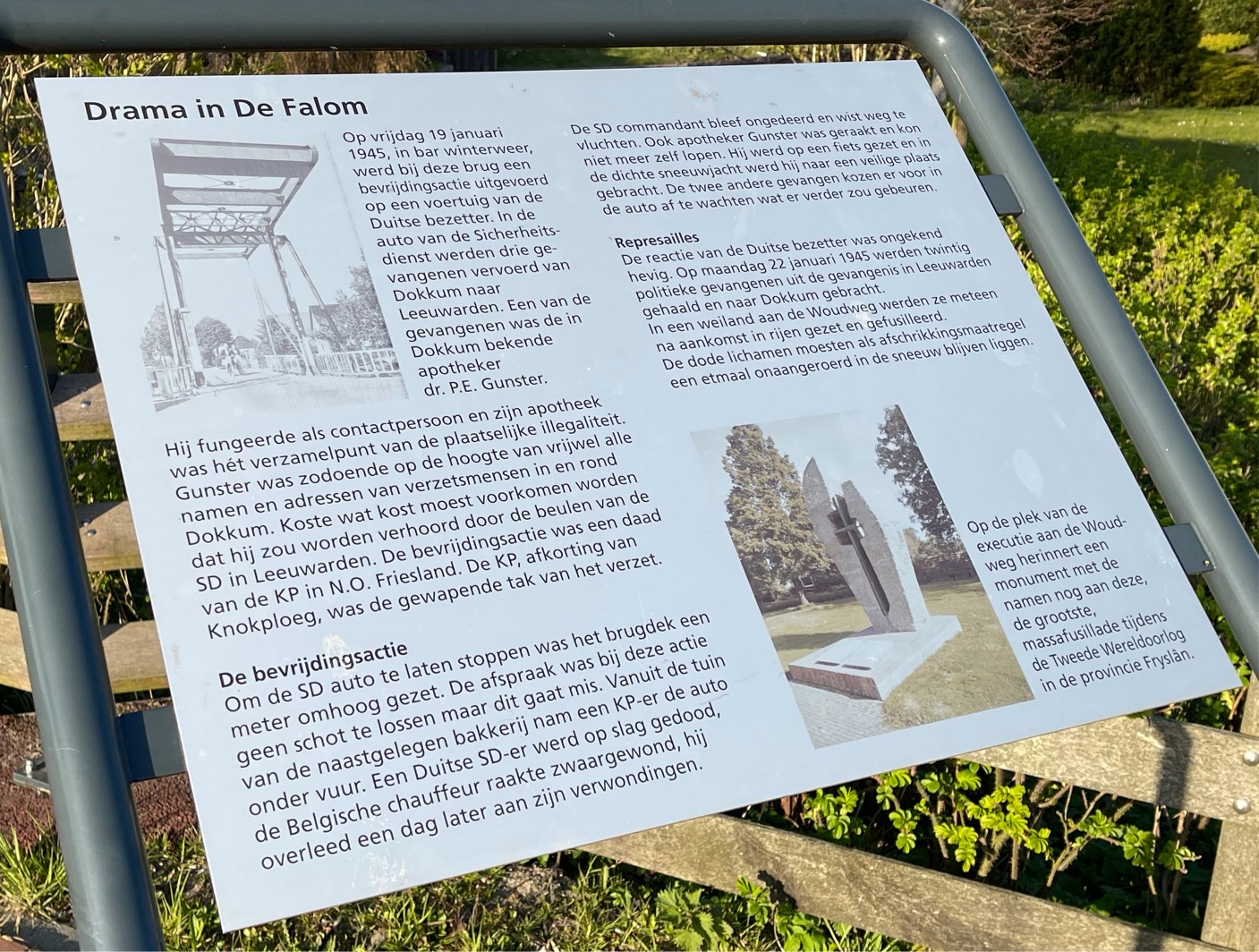
|
39081
|
|
Netherlands
De Falom
|
|
|
#sichtber
|
|
|
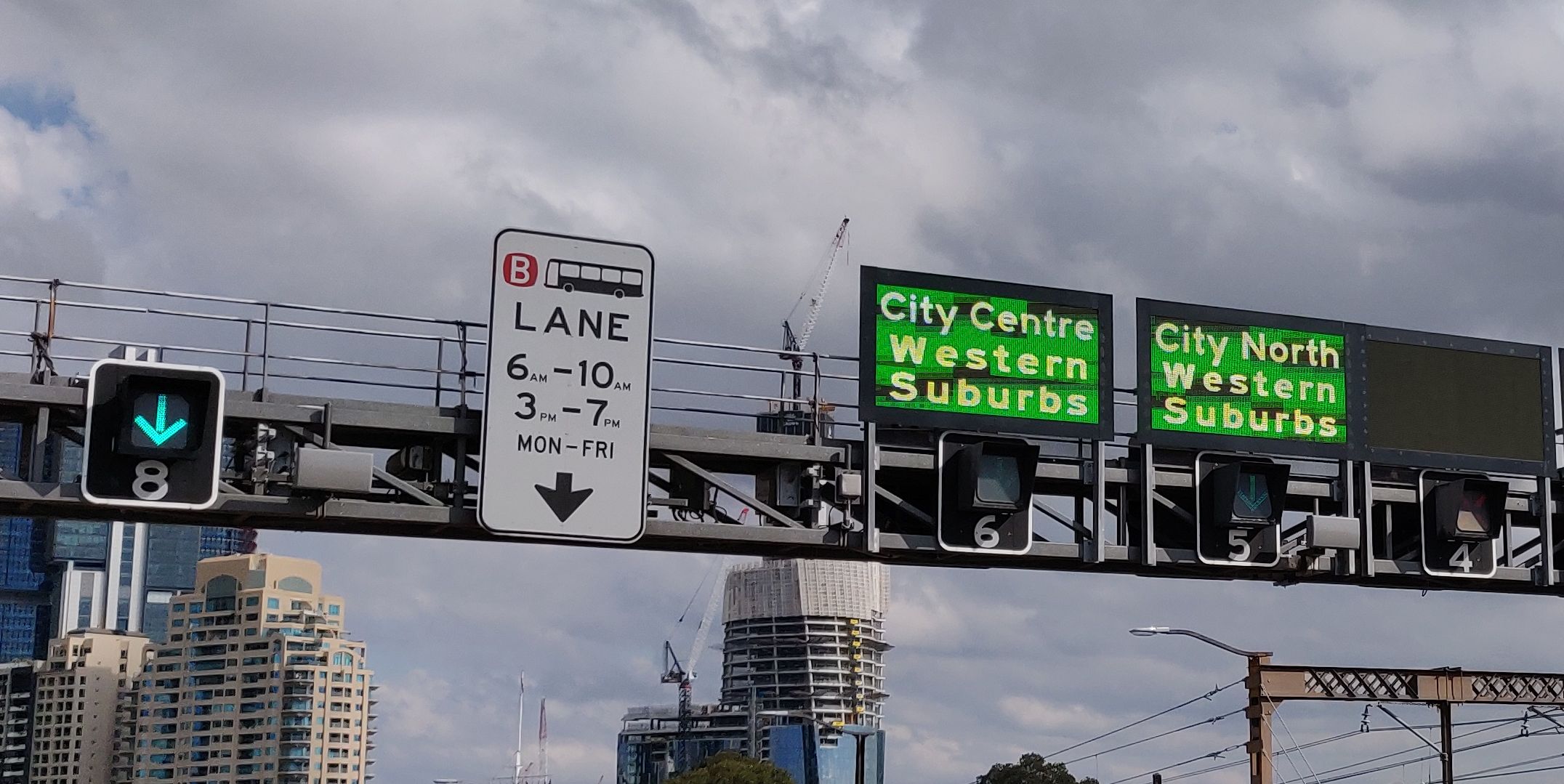
|
24409
|
|
Australia
Dawes Point
|
|
|
—
|
|
|

|
24419
|
|
Australia
Dawes Point
|
|
|
—
|
|
|
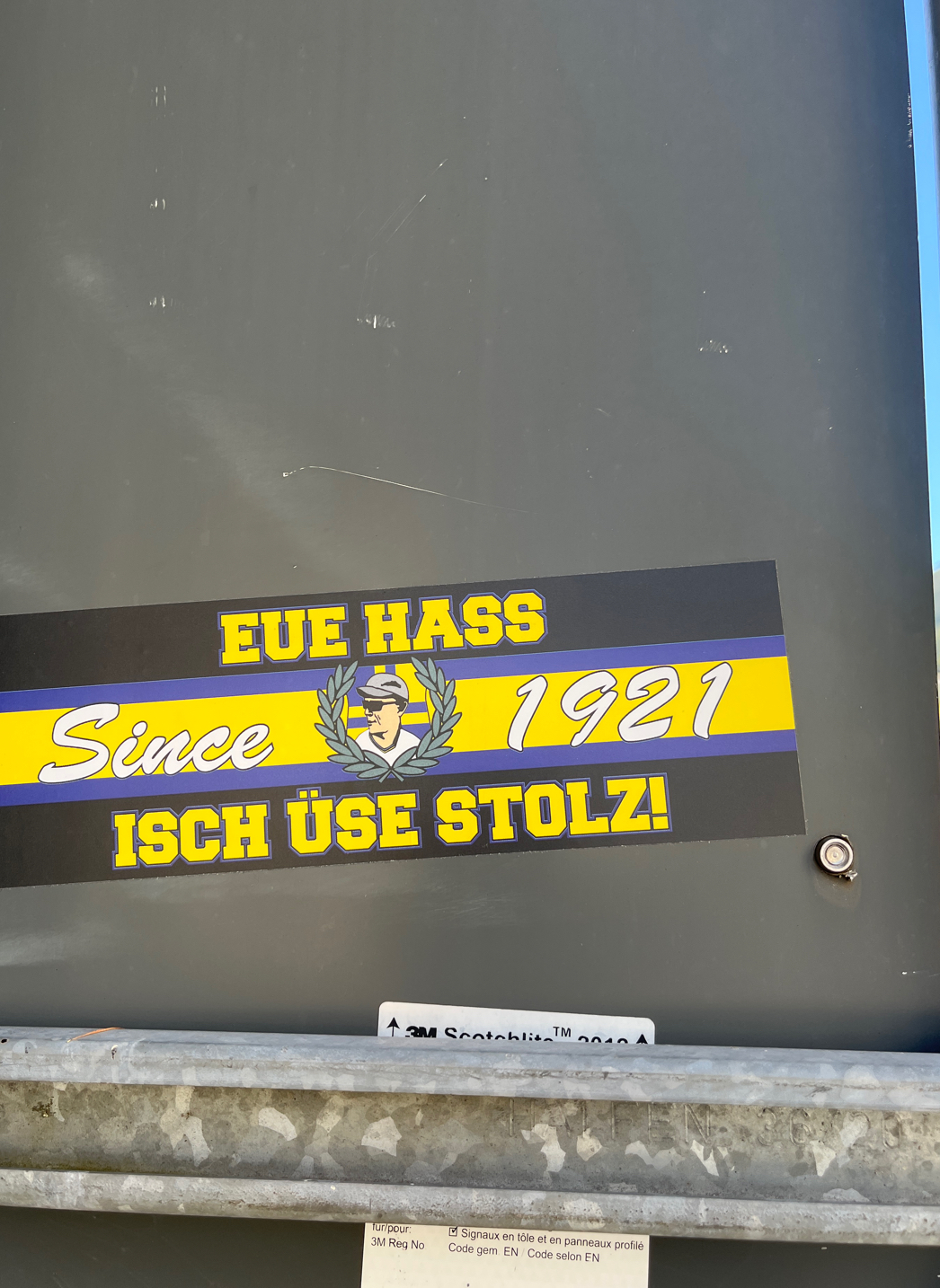
|
141056
|
Alex_Andersun
|
Switzerland
Davos Platz
|
|
|
—
|
|
|
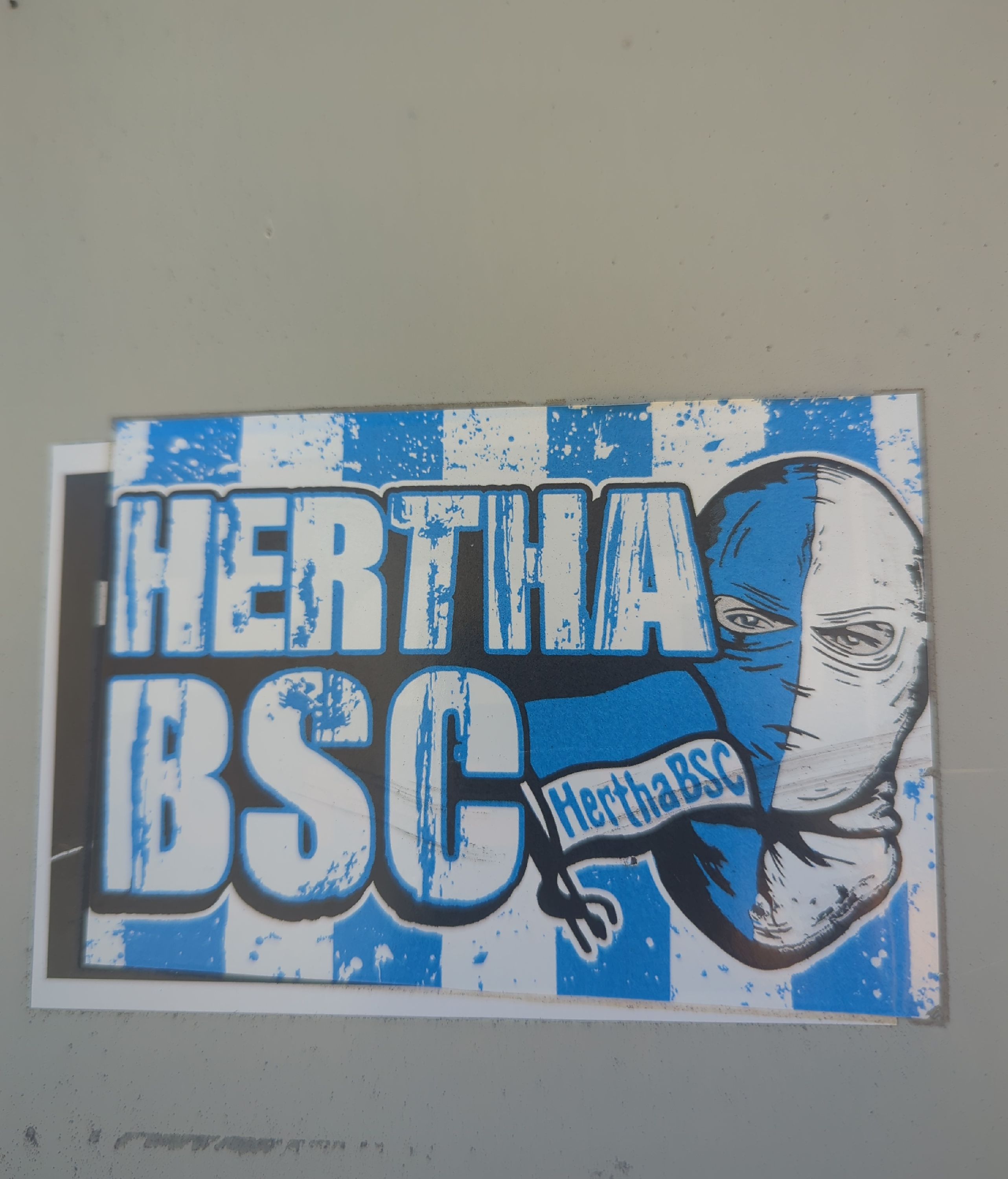
|
141312
|
fabian.rodriguez
|
Switzerland
Davos Platz
|
|
|
back of sing
|
|
|

|
141824
|
Naomi_Heller
|
Switzerland
Davos Platz
|
|
|
—
|
|
|

|
141057
|
Travis
|
Switzerland
Davos Platz
|
|
|
—
|
|
|

|
141313
|
fabian.rodriguez
|
Switzerland
Davos Platz
|
|
|
back of a sing
|
|
|
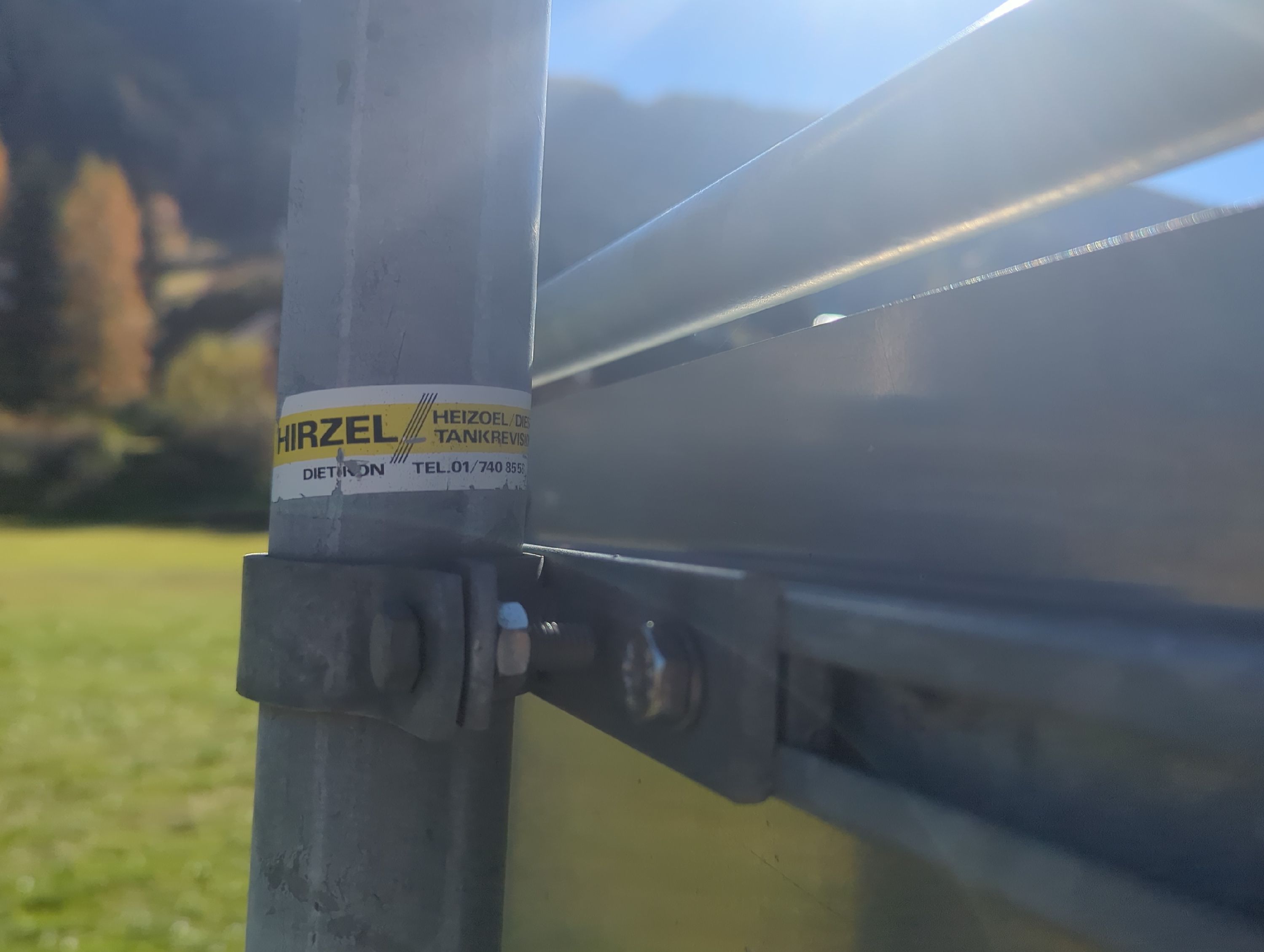
|
141317
|
fabian.rodriguez
|
Switzerland
Davos Platz
|
|
|
—
|
|
|
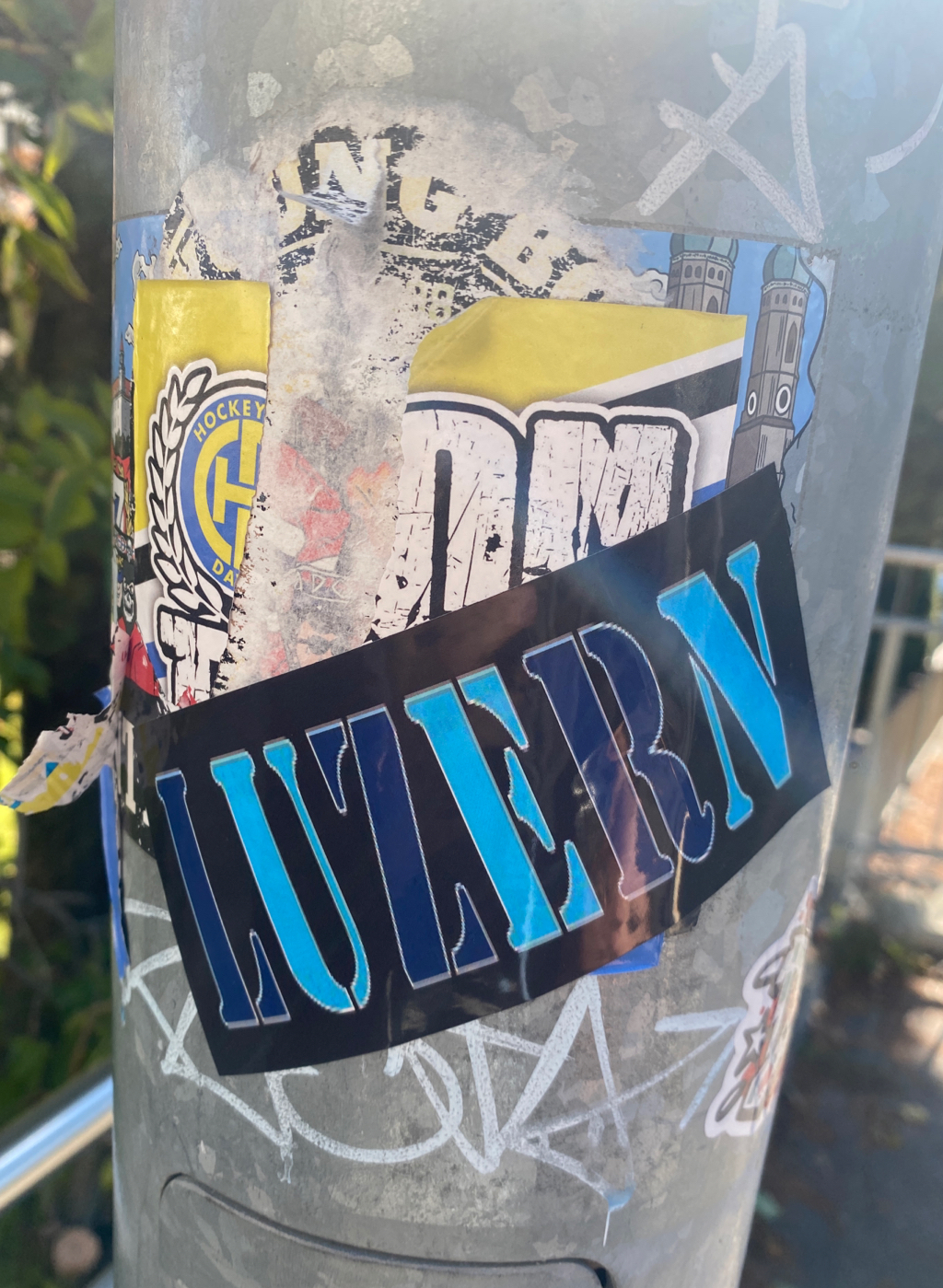
|
141065
|
Travis
|
Switzerland
Davos Platz
|
|
|
—
|
|
|
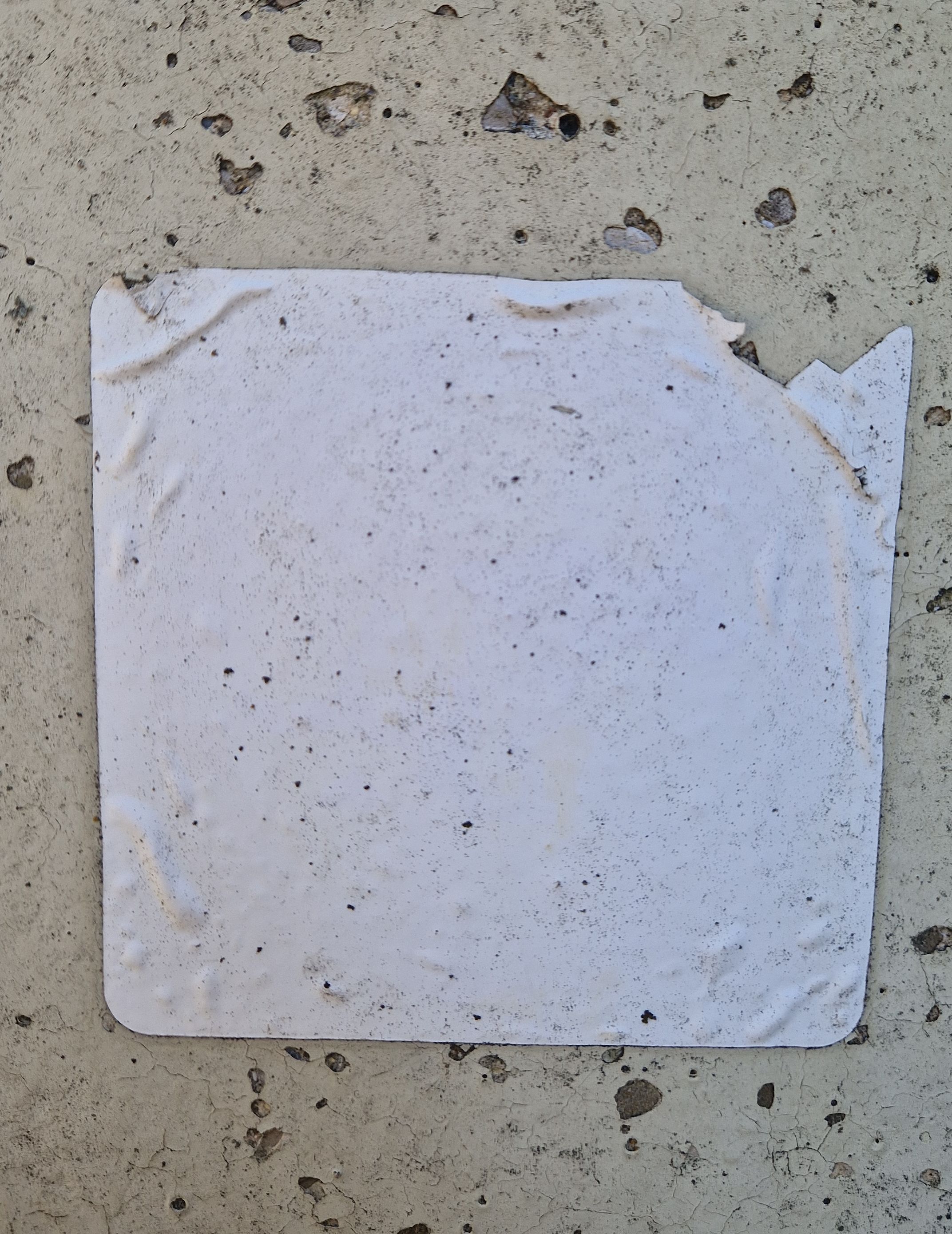
|
141325
|
Janis_Schneider
|
Switzerland
Davos Platz
|
|
|
—
|
|
|
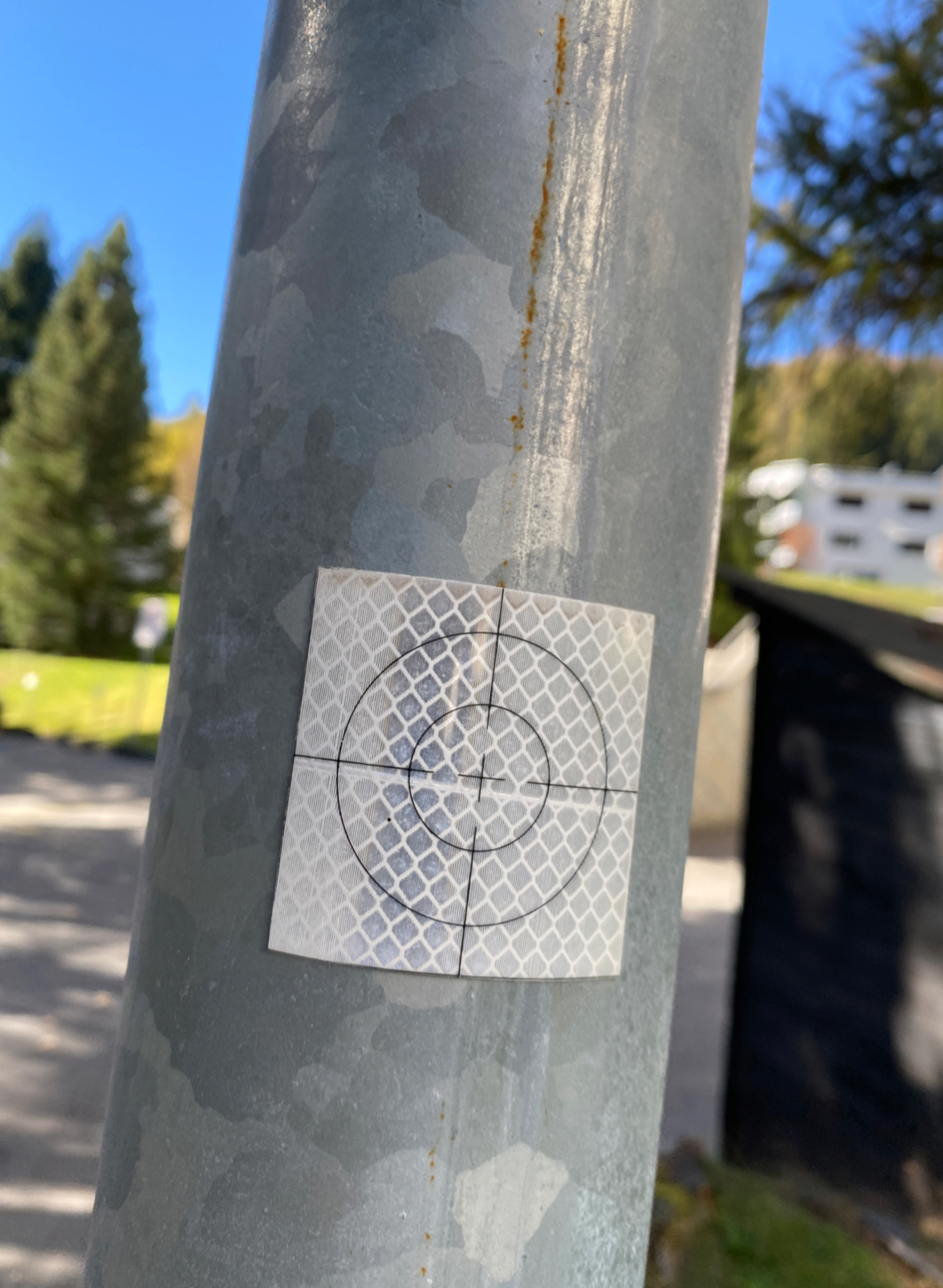
|
141327
|
Travis
|
Switzerland
Davos Platz
|
|
|
—
|
|
|
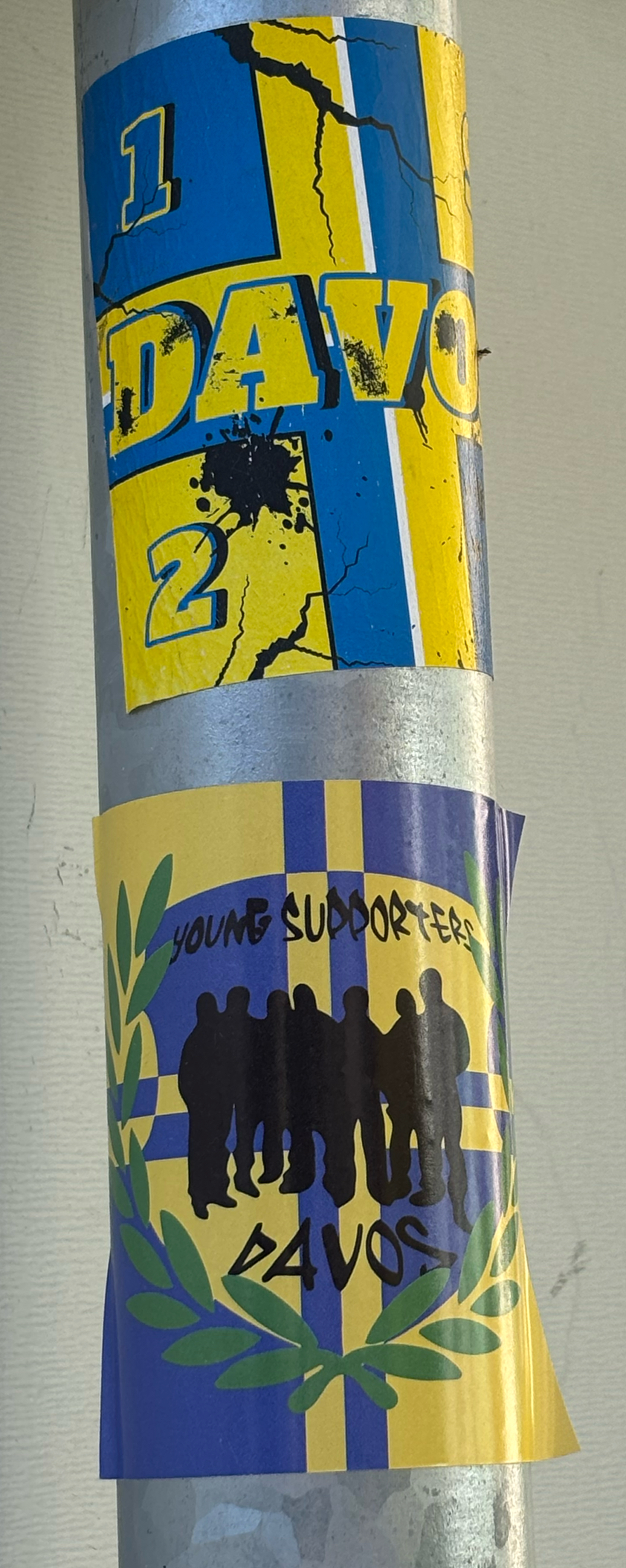
|
141840
|
Naomi_Heller
|
Switzerland
Davos Platz
|
|
|
—
|
|
|
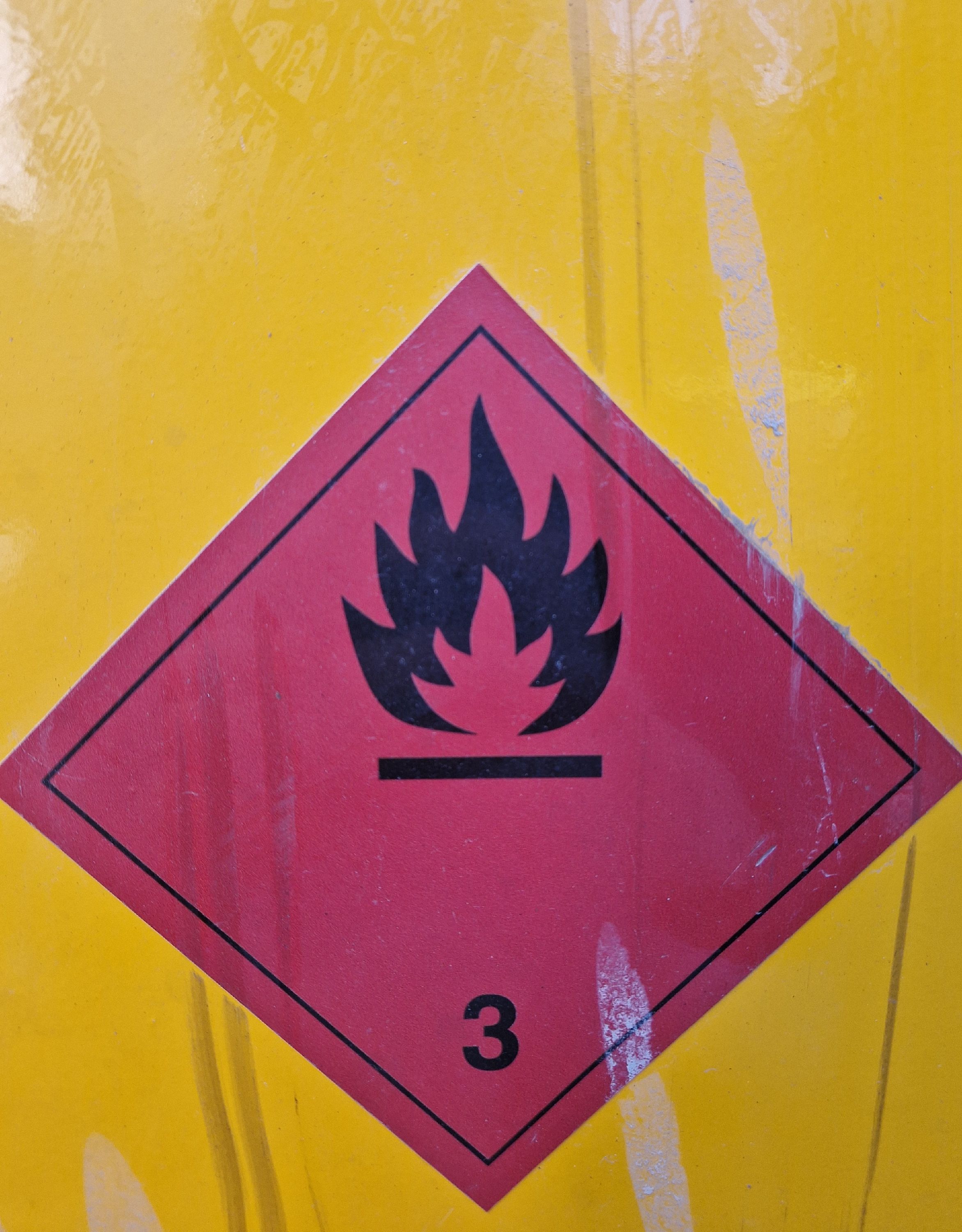
|
141329
|
Janis_Schneider
|
Switzerland
Davos Platz
|
|
|
—
|
|
|
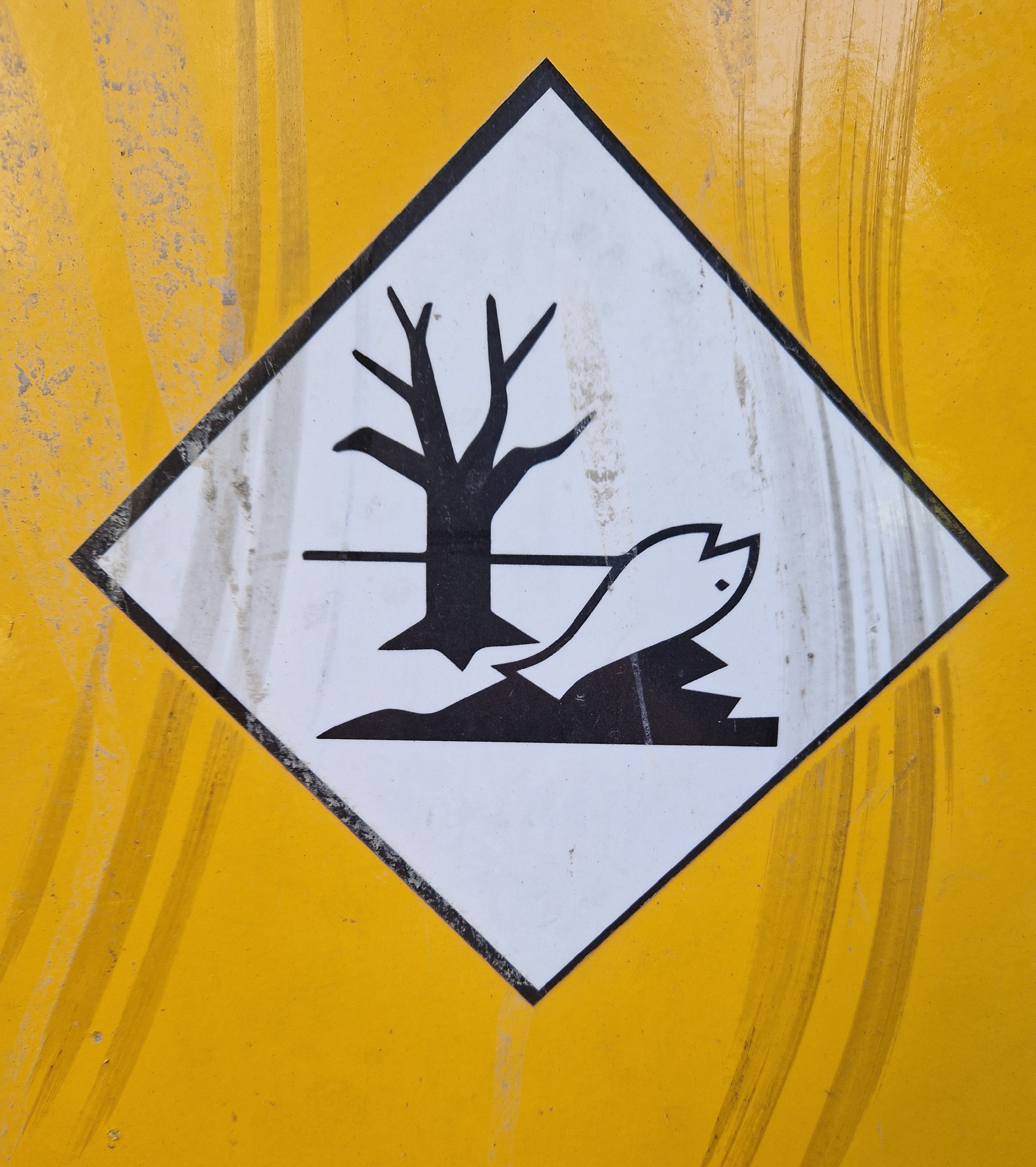
|
141330
|
Janis_Schneider
|
Switzerland
Davos Platz
|
|
|
—
|
|
|
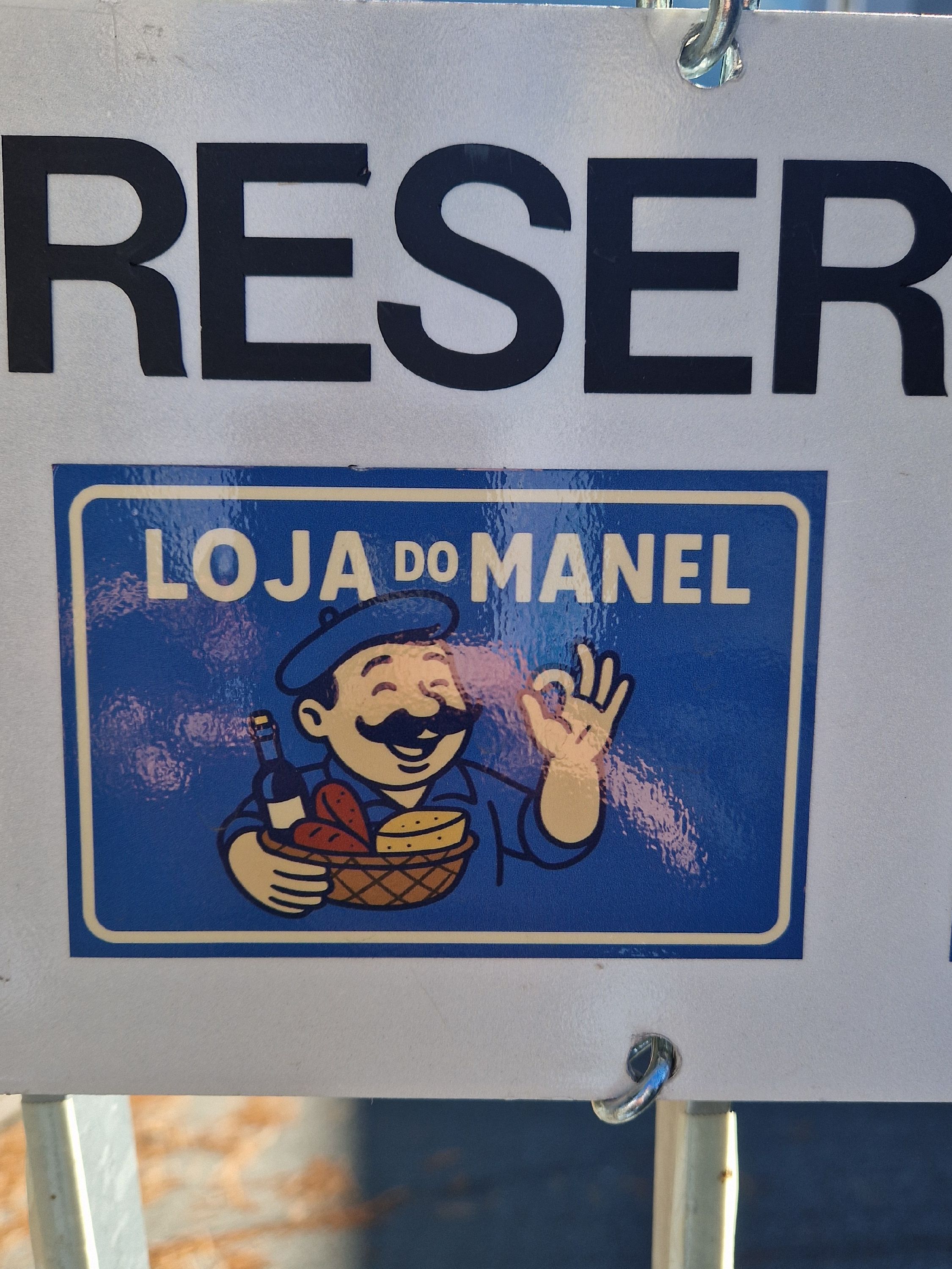
|
141075
|
Janis_Schneider
|
Switzerland
Davos Platz
|
|
|
Top down, restaurant parking space
|
|
|
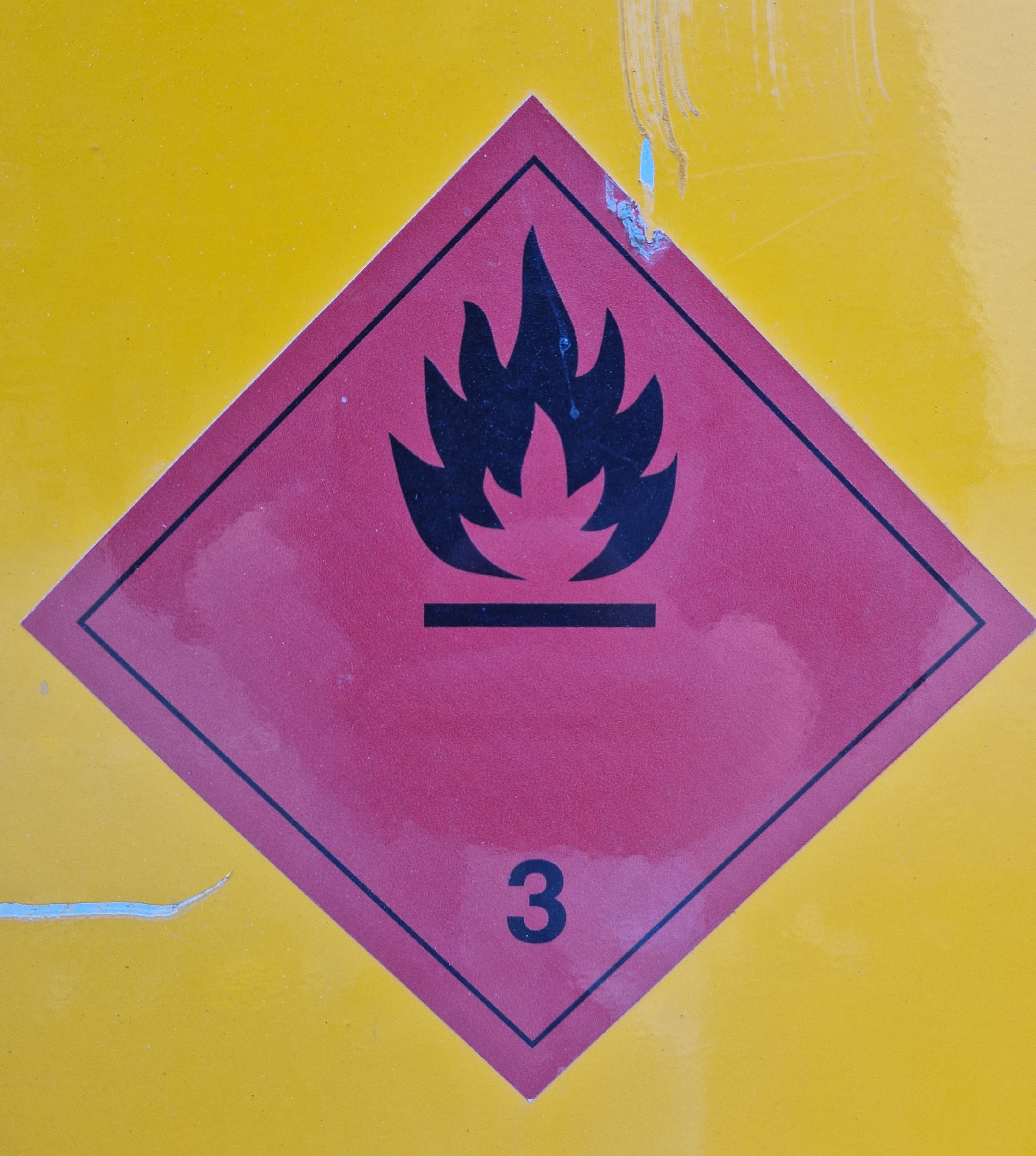
|
141331
|
Janis_Schneider
|
Switzerland
Davos Platz
|
|
|
—
|
|
|

|
141843
|
Naomi_Heller
|
Switzerland
Davos Platz
|
|
|
—
|
|
|
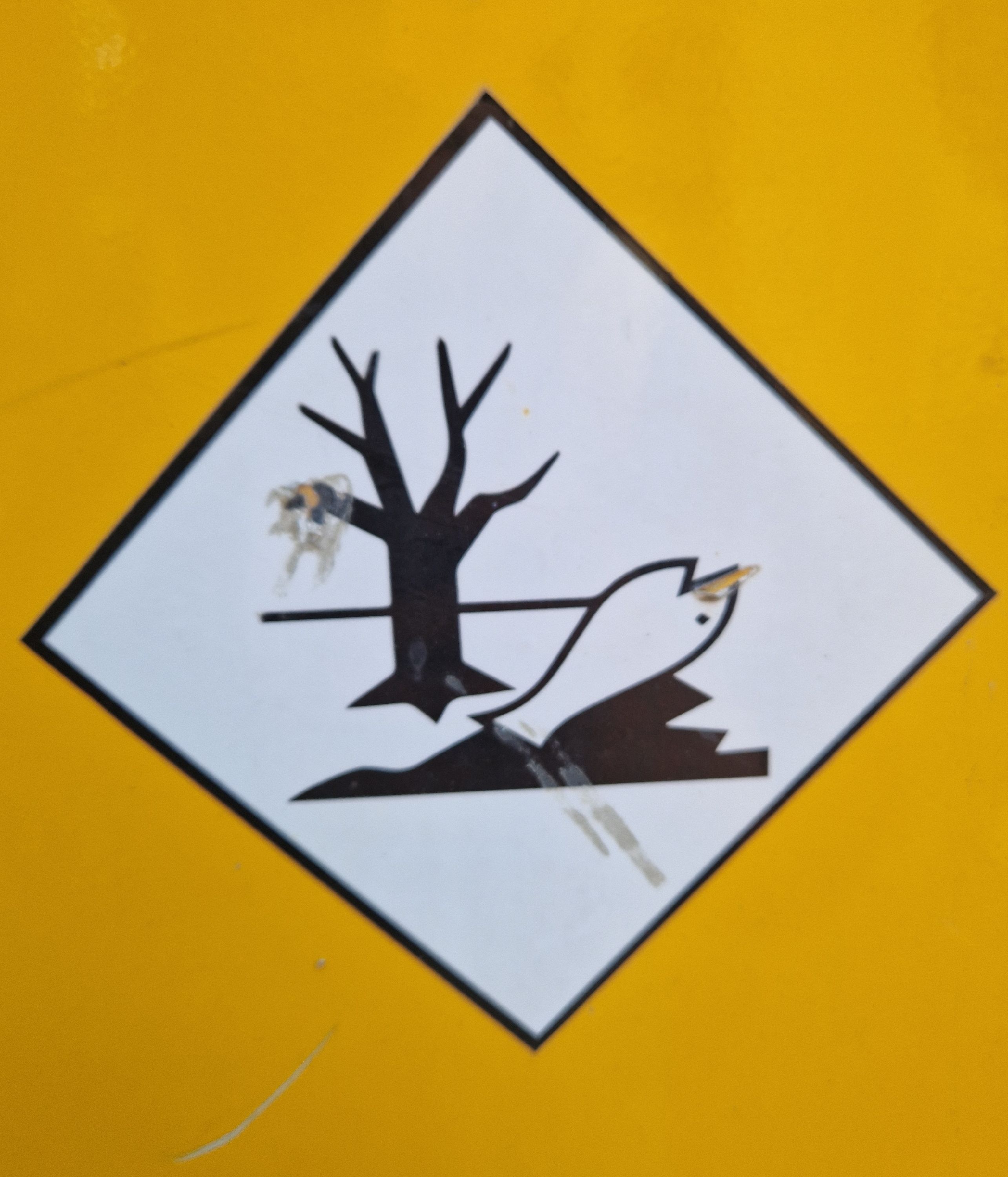
|
141332
|
Janis_Schneider
|
Switzerland
Davos Platz
|
|
|
—
|
|
|